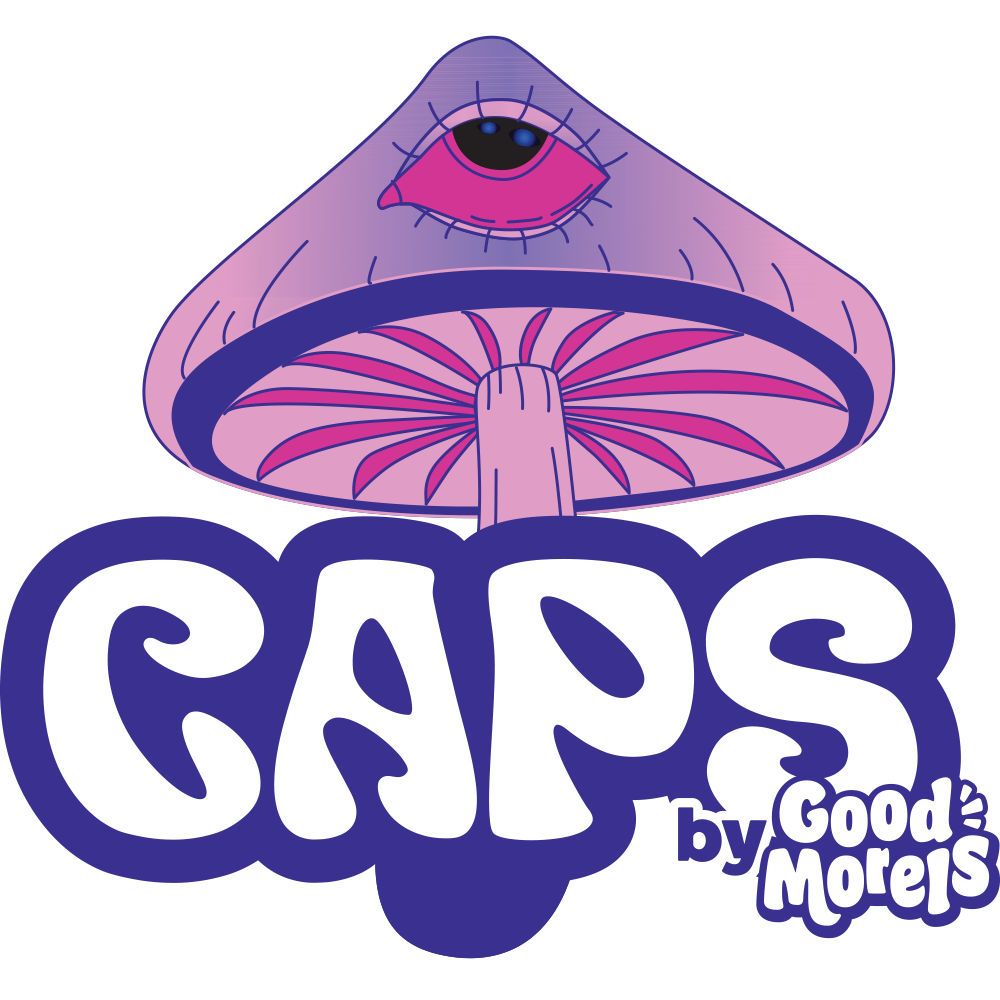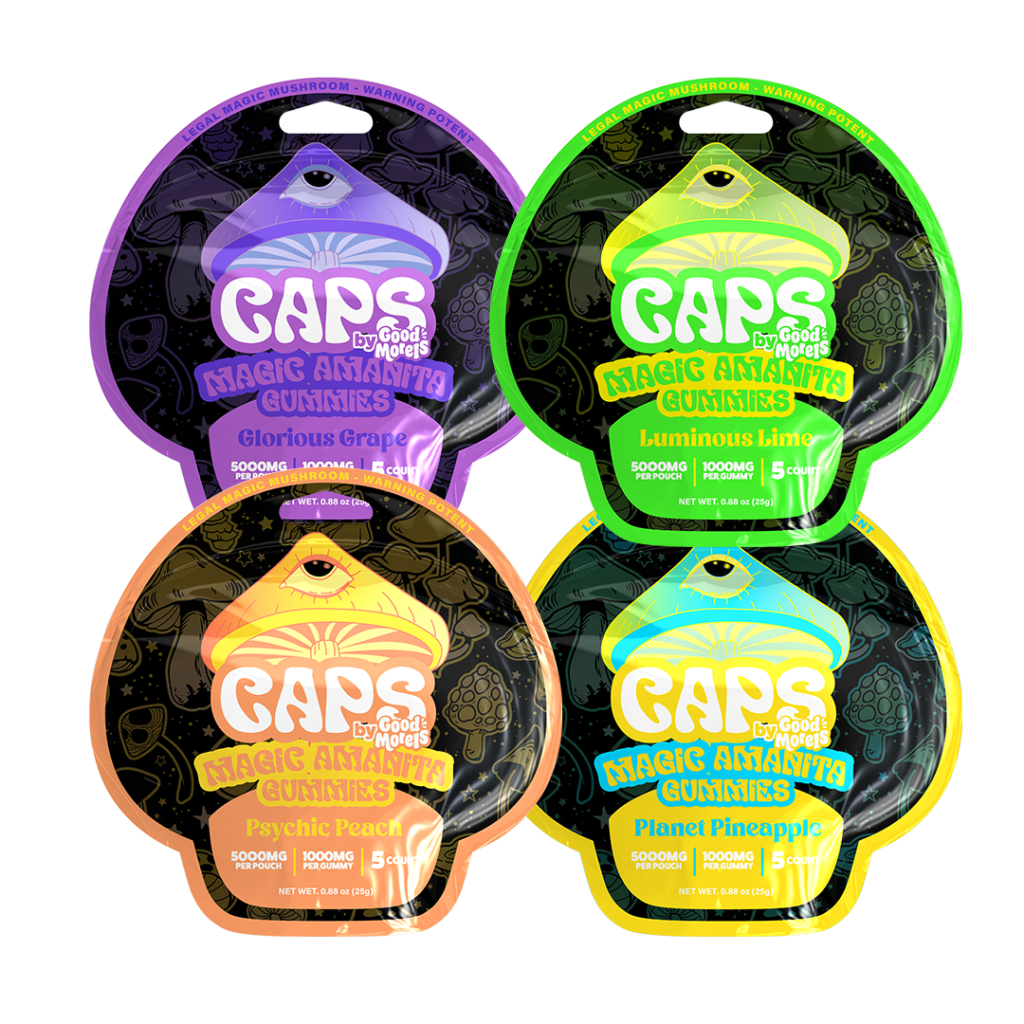Hey there, mushroom enthusiasts! If you're diving into the world of caps good morels, you're about to uncover something truly special. These unique fungi are not just a culinary delight but also a fascinating subject for nature lovers. Whether you're a seasoned forager or a newbie looking to expand your knowledge, caps good morels have a lot to offer. So, let's dive right in and explore what makes them so extraordinary.
Now, you might be wondering, what exactly are caps good morels? Well, these are a type of morel mushrooms known for their distinctive caps that make them stand out in the wild. They're not your average supermarket mushrooms; they're wild, mysterious, and packed with flavor. Understanding their characteristics and habitat is key to appreciating their true value.
In this guide, we'll cover everything you need to know about caps good morels, from identifying them in the wild to cooking them up in your kitchen. So, grab your foraging gear and let's get started on this mushroom adventure!
Read also:Kyd Duchovny The Rising Star Whos Making Waves In The Entertainment World
Table of Contents
- Biography of Caps Good Morels
- Identifying Caps Good Morels
- Habitat and Growing Conditions
- Harvesting Tips
- Cooking with Caps Good Morels
- Health Benefits
- Seasonal Availability
- Risks and Safety Tips
- Preservation Techniques
- Conclusion
Biography of Caps Good Morels
Meet the Star: Caps Good Morels
Alright, let's get to know our star player here. Caps good morels are a species of edible fungi that belong to the Morchella genus. These mushrooms are renowned for their sponge-like caps, which are not only visually striking but also play a crucial role in their survival. Their caps are designed to trap spores, allowing them to reproduce effectively in the wild.
Now, when we talk about caps good morels, we're referring to a group of morels that have particularly well-formed caps. These caps can vary in size and shape, but they always have that signature honeycomb texture. Some of the most common types include the yellow morel, black morel, and half-free morel. Each type has its own unique characteristics, but they all share that delicious earthy flavor that makes them a favorite among chefs and foodies alike.
Let's take a quick look at some key data about caps good morels:
| Scientific Name | Morchella spp. |
|---|---|
| Common Name | Caps Good Morels |
| Family | Ascomycota |
| Edibility | Highly Edible |
| Season | Spring to Early Summer |
Identifying Caps Good Morels
Key Features to Look Out For
When you're out in the wild, identifying caps good morels can be a bit tricky, especially if you're new to foraging. But don't worry, we've got you covered. Here are some key features to help you spot these beauties:
- Cap Shape: The caps are usually conical or oval, with a pitted surface that resembles a honeycomb.
- Stem: The stem is hollow and attaches to the base of the cap, not the middle.
- Color: They can range from light yellow to dark brown, depending on the species.
- Texture: The surface is dry and slightly rough to the touch.
Remember, it's important to double-check your findings with a reliable field guide or expert, as some false morels can be toxic. Safety first, folks!
Habitat and Growing Conditions
Where to Find Caps Good Morels
Caps good morels love specific environments, and knowing where to look can significantly increase your chances of finding them. These mushrooms typically thrive in:
Read also:Rewarding Good Behavior Lexi Luna A Comprehensive Guide
- Deciduous Forests: Areas with plenty of fallen leaves and organic matter.
- Burned Areas: Recently burned forests are prime spots for morels.
- Near Trees: Look around ash, elm, and oak trees for the best results.
Temperature and moisture levels also play a big role. Morels tend to pop up when the soil temperature is between 50°F and 60°F, and after a good spring rain. So, keep an eye on the weather and plan your foraging accordingly.
Harvesting Tips
How to Collect Caps Good Morels
Once you've spotted some caps good morels, it's time to harvest them. Here are a few tips to ensure you're doing it right:
- Use a Knife: Cut the mushroom at the base to avoid damaging the mycelium.
- Carry in a Basket: This allows air circulation and helps spread spores as you move.
- Respect Nature: Only take what you need and leave the rest for others and future growth.
Harvesting responsibly is key to maintaining healthy morel populations for years to come. Always follow local regulations and guidelines when foraging.
Cooking with Caps Good Morels
Delicious Recipes and Techniques
Now that you've got your caps good morels, it's time to get cooking! These mushrooms are incredibly versatile and can be used in a variety of dishes. Here are a few ideas to get you started:
- Sautéed Morels: Simply sauté them in butter with a bit of garlic for a quick and tasty side dish.
- Morel Risotto: Add them to a creamy risotto for a gourmet experience.
- Morel Soup: Create a rich and flavorful soup that highlights their earthy taste.
Remember to always cook morels thoroughly, as they can cause stomach upset if eaten raw. Proper preparation is key to enjoying their full flavor and nutritional benefits.
Health Benefits
Why Caps Good Morels Are Good for You
Aside from being delicious, caps good morels also offer several health benefits. They're packed with essential nutrients, including:
- Vitamins: Rich in vitamin D, especially when exposed to sunlight.
- Minerals: Good source of copper, iron, and phosphorus.
- Antioxidants: Help combat free radicals in the body.
Adding caps good morels to your diet can contribute to a healthier lifestyle, boosting your immune system and providing essential nutrients your body needs.
Seasonal Availability
When to Expect Caps Good Morels
The season for caps good morels usually starts in early spring and continues into early summer, depending on your location. Warmer climates may see them earlier, while colder regions might have a later start. Keeping an eye on local weather patterns and foraging forums can give you a heads up on when they're likely to appear in your area.
Timing is everything when it comes to foraging, so be prepared to act quickly when the conditions are right. It's a bit like a treasure hunt, but one that rewards you with delicious fungi!
Risks and Safety Tips
Stay Safe While Foraging
While caps good morels are a wonderful find, it's important to be aware of the risks involved in foraging. Some key safety tips include:
- Identify Properly: Double-check your findings with a trusted guide or expert.
- Avoid Toxic Look-alikes: False morels can be dangerous, so be cautious.
- Cook Thoroughly: Always cook morels to avoid potential stomach issues.
By following these guidelines, you can enjoy the thrill of foraging while minimizing risks. Remember, knowledge is your best defense against potential hazards.
Preservation Techniques
How to Store Caps Good Morels
Preserving caps good morels is a great way to enjoy them long after the season has ended. Here are some methods you can try:
- Drying: Dry them in a dehydrator or oven to store for later use.
- Freezing: Blanch and freeze them for up to a year.
- Pickling: Create a flavorful pickled morel snack that lasts for months.
Each method has its own benefits, so choose the one that best suits your needs and preferences. Proper preservation ensures you can enjoy the flavors of caps good morels all year round.
Conclusion
So there you have it, folks! Caps good morels are not just a culinary treasure but also a fascinating subject for nature enthusiasts. From identifying them in the wild to cooking them up in your kitchen, these mushrooms offer endless possibilities. Remember to forage responsibly, stay safe, and enjoy the fruits of your labor.
We'd love to hear about your own experiences with caps good morels. Feel free to leave a comment below, share this article with your friends, or explore more content on our site. Happy foraging, and may your mushroom hunts always be fruitful!


